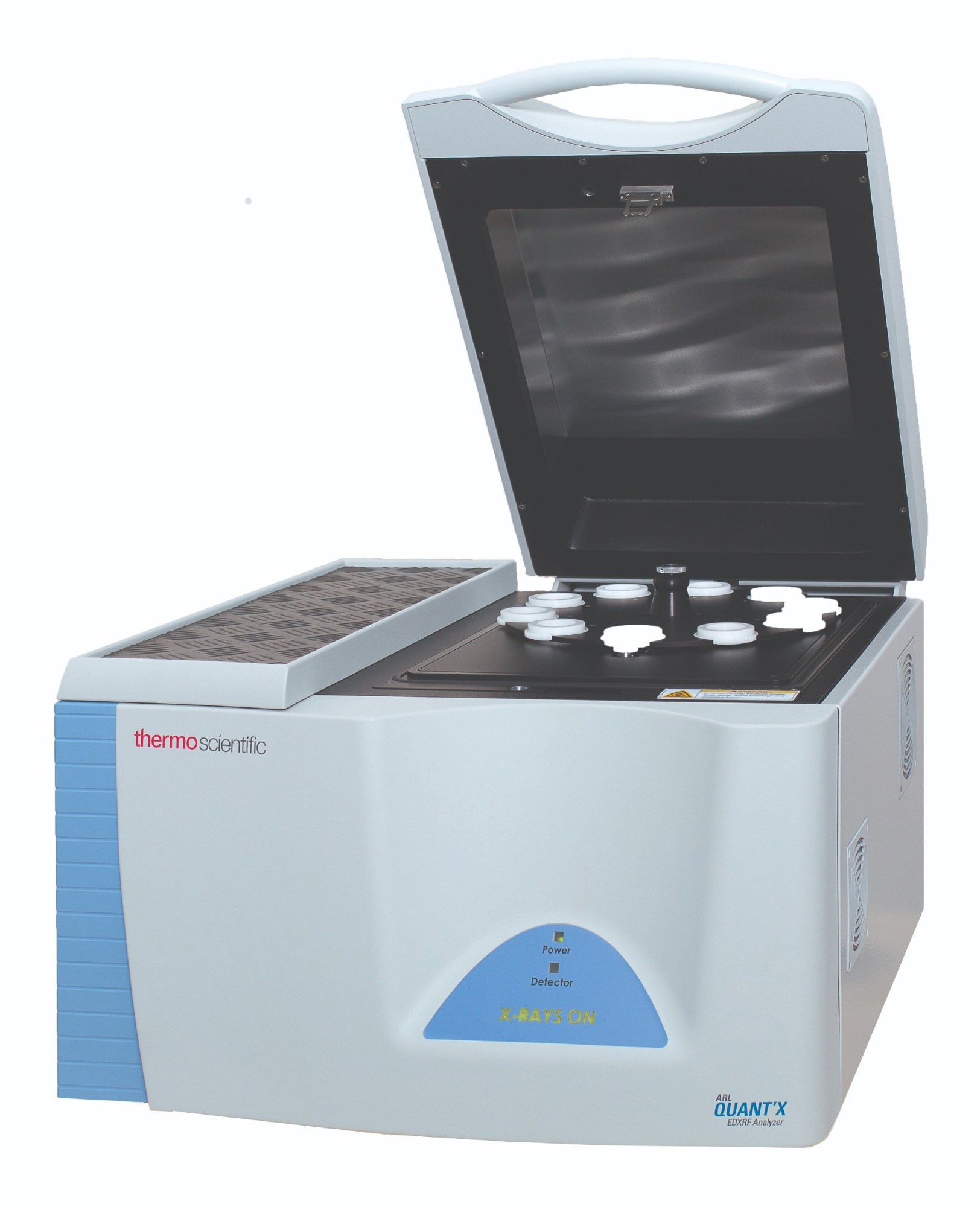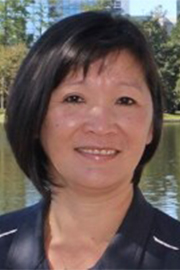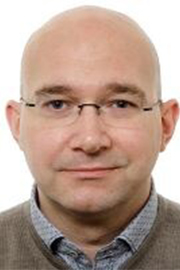In this interview, Thermo Fisher discusses the technical innovations of the ARL QUANT’X EDXRF benchtop spectrometer and showcases how it is expanding the limits of light element analysis.
What are the benefits of elemental analysis with EDXRF compared to other techniques?
Elemental analysis with Energy-Dispersive X-Ray Fluorescence (EDXRF) offers several advantages over alternative techniques. One of the most notable advantages is its non-destructive nature. Unlike other methods that require altering or damaging samples, EDXRF can provide precise elemental information without destroying the sample. This aspect is particularly valuable for preserving valuable or irreplaceable specimens.
Another key benefit is the speed and simplicity of EDXRF. It offers rapid results with minimal sample preparation, making it an efficient choice for various applications. This speed is especially crucial in industries where quick decisions are necessary, such as quality control in manufacturing.
EDXRF is also highly versatile. It can simultaneously analyze a wide range of elements, covering almost the entire period table. This capability makes it ideal for multi-elemental analysis, saving time and resources in laboratories and industries that require comprehensive element profiling.

Image credit: Thermo Fisher Scientific - Elemental Analyzers and Phase Analyzers
Can you please tell us about the ARL QUANT’X and what makes it such a useful instrument?
The ARL QUANT’X is a highly versatile and reliable X-Ray fluorescence spectrometer designed for elemental analysis across diverse sample types. The ARL QUANT’X is known for its speed, accuracy and robustness, making it a valuable tool for quality control, research, and various industrial applications. The user-friendly interface ensures ease of operation, allowing users to obtain reliable results quickly.
You have introduced a new detector for the ARL QUANT’X, the SDD500G. What has changed with its introduction?
The SDD500G detector is a fast, state-of-the-art Silicon Drift Detector which incorporates an innovative, non-toxic graphene window. With this detector, we can significantly enhance the sensitivity of the ARL QUANT’X, which improves the detection of light elements, such as sodium, magnesium, and fluorine. With the detectors that are typically used in EDXRF instruments, measuring light elements accurately in low concentrations was very challenging.
With the SDD500G, we can now use EDXRF to analyze elements in low concentrations that were previously only accessible with WDXRF instruments. It really is a game-changer for industries and research fields that require accurate measurements of both light and heavy elements, and that need improved detection limits and more accurate quantification.
What role do the light elements play in real-world products and processes? Why is it important to measure them accurately?

Image credit: Thermo Fisher Scientific - Elemental Analyzers and Phase Analyzers
Light elements, such as sodium, magnesium, and fluorine, play crucial roles in products and processes across industries, including the cement, food and environmental sectors. Understanding their presence and concentration is essential to meet quality standards, adhere to regulations, and deliver safe and effective products. I’ll give you some examples.
In the cement industry, the detection of elements like sodium and magnesium is essential for controlling the composition and properties of cement products. Fluorine levels in clinker are typically kept at <0.5% to balance the beneficial effects on clinker composition and avoid adverse effects in the plant.
In the food industry, monitoring sodium levels is vital for controlling the nutritional value of products. Excessive sodium intake can have health implications, so accurate measurement is crucial to meet regulatory requirements and consumer expectations. However, traditional EDXRF instruments faced challenges in accurately measuring light elements like sodium.
Why is it difficult to measure light elements with EDXRF?
Measuring light elements with Energy-Dispersive X-Ray Fluorescence (EDXRF) can be challenging due to several factors. First, the fluorescent X-ray signal of lighter elements has relatively low energy compared to heavier elements. These low-energy X-Rays are more prone to absorption by the detector window, the atmosphere, or the sample matrix itself, resulting in weak signals that can be difficult to detect.
Another challenge is the potential overlap of light element X-Ray emissions with background noise or other spectral features. This overlap can make it challenging to differentiate and accurately quantify the X-Rays from light elements.
Additionally, the detection of light elements is sensitive to factors such as the sample matrix and measurement conditions, which can further complicate the analysis. Achieving precise measurements of light elements requires specialized techniques and instrumentation.
How do you overcome these challenges in the ARL QUANT’X with SDD500G detector?
 Image credit: Thermo Fisher Scientific - Elemental Analyzers and Phase Analyzers
Image credit: Thermo Fisher Scientific - Elemental Analyzers and Phase Analyzers
The key innovation in the ARL QUANT’X that addresses the challenges related to measuring light elements is the inclusion of an ultra-thin graphene window in the SDD500G detector.
This graphene window significantly enhances the transmission of X-Rays, especially those emitted by light elements, like sodium and fluorine. This means less signal is lost to absorption. As a result, the ARL QUANT’X can capture and measure these X-Rays more effectively, even at low intensities. In addition, we are using an optimized set of filters to further reduce unwanted signal. Overall, the improved detection sensitivity and lower background contribute to more accurate quantification of light elements.
What else should users know about analyzing light-element samples? Can you share some tips ?
First of all, you want to reduce the absorption of the low-energy X-rays, that is the signal of the light elements, as much as possible. This starts with using the ARL QUANT’X equipped with the SDD500G detector. Then you want to measure your samples in vacuum or under helium, to reduce the absorption of the light element signal by the atmosphere.
Proper sample preparation is also crucial to achieve accurate results, especially when analyzing samples with low concentrations of light elements. This starts with ensuring that the sample is thoroughly homogenized and prepared with a smooth surface. Inhomogeneous and rough samples can lead to variations in measurements, affecting the accuracy of results.
Liquid samples are particularly challenging for light elements analysis. Typically we measure liquids inside a cup covered with a polymer film. However, this film is also absorbing the light element signal! So for liquid samples, solidifying them with a wax matrix can be a useful technique. Just make sure to choose the right type of wax for your sample type.
By paying attention to these factors and following best practices in sample preparation, users can enhance the sensitivity and accuracy of their elemental analysis.
Where can readers find more information?
For readers seeking additional information, we recommend exploring our YouTube channel. It contains a wealth of videos covering various topics related to X-ray fluorescence analysis, including sample preparation techniques. These videos provide practical insights and demonstrations.
Additionally, readers can email us at [email protected] to request additional resources or schedule a demo. Our team is available to provide further information and support to those interested in the ARL QUANT’X with the SDD500G detector and its applications in elemental analysis.
About the interviewees
Glenn Williams, Ph.D., Senior Product Specialist
Glenn Williams recently joined the Thermo Fisher Scientific Bulk Elemental applications group in their brand new laboratory in Houston, Texas. Previously, Glenn worked at Rigaku Americas Corporation for 9 years, where he specialized in X-ray Fluorescence Spectrometry including the development of applications and new technologies. Prior to joining Rigaku, Glenn worked for approximately 15 years in the pharmaceutical industry in solid-state characterization groups (including Pfizer Central Research in Groton, CT, and GlaxoSmithKline in King of Prussia, PA). He obtained his Ph.D. in Physical Organic Chemistry from SUNY Buffalo and has over 20 years’ experience in materials characterization and analytical chemistry.

Thanh Nguyen, Ph.D., Senior Product Specialist
Thanh Nguyen has recently joined Thermo Fisher Scientific as a Senior Applications Scientist. In her current role, she has performed method development of customer-based applications on a wide variety of materials (e.g., pharmaceuticals, thin films, alloys, state-of-the-art textiles, foods, plastics, cements, etc). In addition, she provides hands-on trainings, both onsite and remote, for customers in XRF, XRD, and OES. Before joining Thermo Fisher Scientific, Thanh worked at Rigaku for 8 years as a Senior XRF applications scientist and for 15 years in the pharmaceutical R&D industry at Merck, Merial (now Boehringer Ingelheim Animal Health), and Encysive Pharmaceuticals as a lead bioanalytical chemist in DMPK. Thanh holds a Ph.D. in Analytical Chemistry from the University of the Sciences in Philadelphia and a BS in Chemistry from Texas A&M University.

Christina Drathen, Ph.D., Product Manager XRF
Christina Drathen is the product manager for the ARL XRF spectrometers at Thermo Fisher Scientific. Products include both benchtop and floor standing EDXRF and WDXRF instruments for research and industry. Christina has over 10+ years’ experience with X-ray analytical tools. Following a post-doc at the European Synchrotron in France, Christina moved to the analytical instrument manufacturing industry, where she worked as application specialist and product manager. Christina holds a PhD in Chemistry from the University of Edinburgh, UK.

Pascal Lemberge, Ph.D., Application Specialist XRF
Pascal Lemberge is an XRF applications specialist at Thermo Fisher Scientific. His current role is to support sales and marketing as well as R&D through application development, analysis of customer samples, demonstration of instruments, and training. With several years of EDXRF experience he also provides input for the R&D group and is involved in the development of new hardware and software features. Pascal obtained a PhD at the University of Antwerp, Belgium, with a concentration on spectrum evaluation and multivariate calibration techniques for EDXRF. During a short post-doctoral fellowship, he participated in the development of a new EDXRF instrument that would serve as a quality control tool in the silicon wafer industry. For a 6-year intermezzo, he was a development chemist at Chevron, working on new recipes that improve the corrosion inhibition characteristics of coolants for the automotive industry. In 2009, he returned to the XRF world by joining Thermo Fisher Scientific to support and further develop their ARL QUANT’X EDXRF spectrometer.


This information has been sourced, reviewed and adapted from materials provided by Thermo Fisher Scientific - Elemental Analyzers and Phase Analyzers.
For more information on this source, please visit Thermo Fisher Scientific - Elemental Analyzers and Phase Analyzers.
Disclaimer: The views expressed here are those of the interviewee and do not necessarily represent the views of AZoM.com Limited (T/A) AZoNetwork, the owner and operator of this website. This disclaimer forms part of the Terms and Conditions of use of this website.